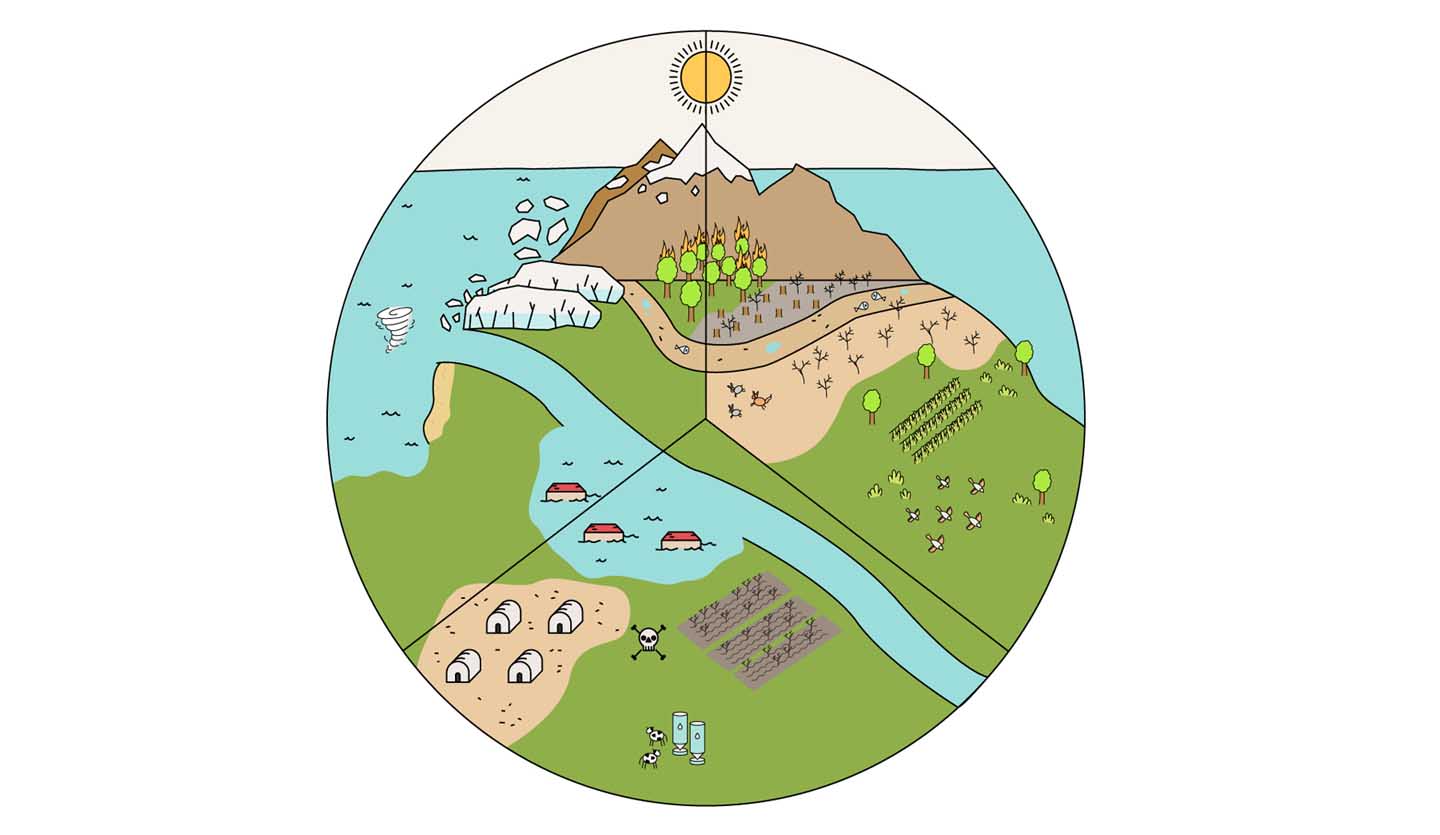What are the Ruggie Principles?
The challenge of protecting human rights in the workplace
Only a few years ago, there were still doubts about who was responsible for protecting human rights. As a result, due to the high impact and global nature of corporate activities over recent decades, the United Nations asked Professor John Ruggie to identify the obligations of countries and companies with respect to human rights, the outcome of which became known as the Ruggie Principles. Let’s examine them in closer detail.
What are the Ruggie Principles?
Corporate activities have played a greater role in recent decades due to their high impact on communities, resulting in the need for dialogue at a global level to establish obligations and restrictions.
In 2005, in the face of globalization and the impact of corporate activities, the United Nations appointed Harvard professor John Ruggie as its Special Representative for Business and Human Rights and presented him with a difficult task: defining the principles that would govern relations between both considerations.
After six years of work, in 2011 the UN’s Guiding Principles for Business and Human Rights, known as the Ruggie Principles, were endorsed, a global initiative defining the parameters according to which countries and companies should establish policies, standards and procedures for their respective responsibilities and particular circumstances.
Three pillars of Ruggie Principles: protect, respect and remedy
The Ruggie Principles consist of 31 directives, framed in three main pillars: the state duty to protect against human rights abuses, the corporate responsibility to respect human rights, and the need to help victims achieve remedy.
Supported by these three pillars, the Ruggie Principles propose that companies, in order to demonstrate and implement respect for human rights, take measures such as:
- Make a public commitment to respect human rights
- Identify, prevent, mitigate, and account for, damage or damage caused to human rights
- Dispose of procedures for remedying the negative consequences on human rights they cause or contribute to causing.
Sometimes legal mechanisms will need to come into play, but in others dialogue, mediation, arbitration and other non-legal tools, prove better in bringing about effective remedies.
We live in a world shaped by economic and financial globalization. Both these should be accompanied by a globalization of human and social rights.







